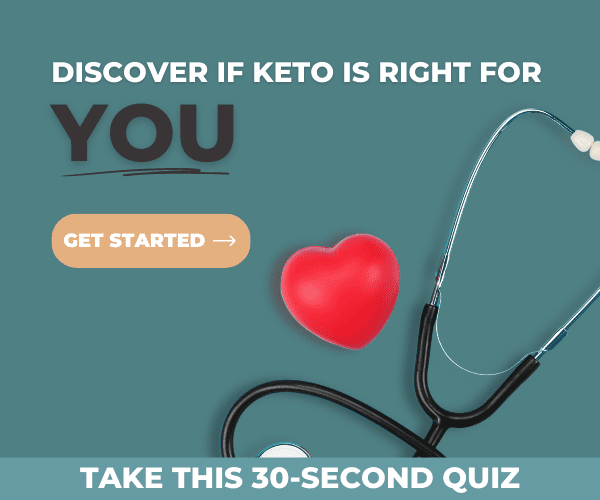A Guide to Prebiotics and Probiotics

Consumption of prebiotics [1] and probiotics are effective ways to increase the number and health of the bacteria in your digestive tract. The community of bacteria that reside in our digestive tracts are referred to as the gut microbiome. The gut microbiome plays a major role in many health factors. Taking steps to improve the health of your gut microbiome will likely contribute to improving your overall health. This is where prebiotics and probiotics come in.

The Developing Gut
Infant and childhood nutrition is important as the gut microbiome develops and becomes stable. Breastfeeding promotes better health for the gut than formula feeding, possibly due to human milk oligosaccharides (HMOs). HMOs are a carbohydrate found in abundance in breastmilk and act as a prebiotic to nourish and grow health-promoting bacterial populations (i.e., Bifidobacterium and Bacteroides) in the gut. [2]
Until a child reaches 1–4 years old, their gut microbiome is still developing. After this age, the microbiome becomes more stable and mature, like that of an adult. [3] The transition to an adult diet is an important aspect that stabilizes and diversifies the infant microbiome into a more adult one. [4] Similarly, the gastrointestinal tract matures as it also corresponds to the transition from formula/breast milk to an adult diet. Specific gut bacteria may play a role in the maturing of the gastrointestinal tract. [5]
Feeding the Microbiome
A standard “adult diet” consists of various forms of carbohydrate, protein, and fat. Many carbohydrates consist of components that are unable to be broken down by our own digestive enzymes. These non-digestible carbohydrate components are fermented by the bacteria in the colon and yield health-promoting, short-chain fatty acids (SCFAs). Acetate, propionate, and butyrate are the primary SCFAs that are used for energy by the bacteria in the colon. SCFAs also serve as energy for the rest of the body and, in correct ratios, are beneficial to our health. [6]
The Benefits of Prebiotics
Inulin, fructooligosaccharides and galacto-oligosaccharides are all prebiotics that have substantial health benefits. These prebiotics nourish beneficial gut bacteria and help with[1]:
- Mineral Absorption
- Fat Metabolism
- Pathogen Inhibition
- Cancer Prevention
- Inflammatory Bowel Disease Relief
- Inflammation
- Immune Health

Additionally, there is research supporting the use of prebiotics for lowering body fat.[6] Vegetables and fruits high in prebiotics include garlic, onions, leaks, chicory, dandelion greens, tomatoes, artichokes, asparagus, berries, flaxseed, and legumes.

The Benefits of Probiotics
While prebiotics are important for developing an environment that promotes the growth of beneficial bacteria, probiotics are responsible for actually placing those beneficial bacteria in the gut. If an individual is experiencing an imbalance in their gut microbiome (dysbiosis), which can be characterized by things like irritable bowel syndrome, or even depression, it may be beneficial to take an FDA approved probiotic to increase the “friendly” bacteria in the gut.
Probiotics have many demonstrated health benefits, including:
- Relief of irritable bowel syndrome
- Reduced LDL cholesterol
- Reduced episodes of diarrhea
- Improved immune health
- Prevention of allergies
- Improved symptoms of depression
There are many different strains of bacteria. The benefits resulting from various probiotics are strain specific; therefore, the effects of one probiotic strain may not be produced by a different strain[7]. Probiotics may be consumed in food products as well as supplements. Foods that contain probiotics include fermented items such as yogurts with live and active cultures, sauerkraut, soft cheese, kefir, buttermilk, tempeh, and sour pickles. Probiotic supplements are also an option; however, it is important to find a supplement with either FDA GRAS (generally recognized as safe) status or FDA approval to ensure the probiotic is safe and effective enough to make it to your colon.

Adding Prebiotics and Probiotics to Your Diet
Prebiotics and probiotics help balance and stabilize our gut microbiome and, therefore, are extremely valuable to our well-being. Supplying your gut with foods or approved supplements high in pre or probiotics is a simple, yet effective, way to ensure a healthy and happy microbial community and, thus, a healthy and happy you.
References
Preidis, G. A., & Versalovic, J. (2009). Targeting the human microbiome with antibiotics, probiotics, and prebiotics: gastroenterology enters the metagenomics era. Gastroenterology, 136(6), 2015-2031.
Yang, I., Corwin, E. J., Brennan, P. A., Jordan, S., Murphy, J. R., & Dunlop, A. (2016). The infant microbiome: implications for infant health and neurocognitive development. Nursing research, 65(1), 76.
Brown, K., DeCoffe, D., Molcan, E., & Gibson, D. L. (2012). Diet-induced dysbiosis of the intestinal microbiota and the effects on immunity and disease. Nutrients, 4(8), 1095-1119.
Krajmalnik‐Brown, R., Ilhan, Z. E., Kang, D. W., & DiBaise, J. K. (2012). Effects of gut microbes on nutrient absorption and energy regulation. Nutrition in Clinical Practice, 27(2), 201-214.
Sommer, F., & Bäckhed, F. (2013). The gut microbiota—masters of host development and physiology. Nature Reviews Microbiology, 11(4), 227.
Jacobs, D. M., Gaudier, E., Duynhoven, J. V., & Vaughan, E. E. (2009). Non-digestible food ingredients, colonic microbiota and the impact on gut health and immunity: a role for metabolomics. Current drug metabolism, 10(1), 41-54.
Blumberg, R., & Powrie, F. (2012). Microbiota, disease, and back to health: a metastable journey. Science translational medicine, 4(137), 137rv7-137rv7.










what time of day is best to eat and/or take a supplement of probiotic and/or prebiotic? Before a meal, with a meal, AM or PM, eat the prebiotic food before the probiotic food or vice versa with time in-between? So in other words, when are both pre and pro biotics most effective?
Thank you